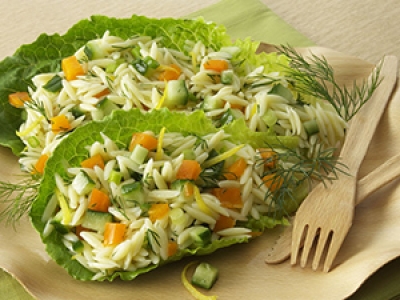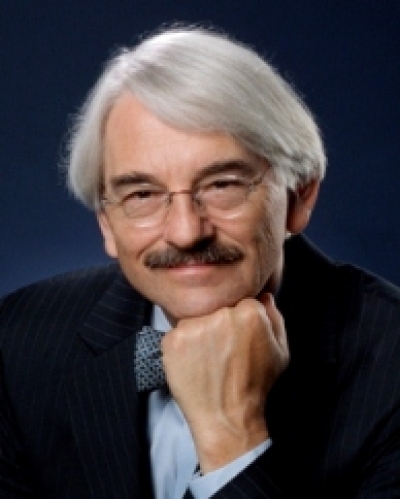
3 Reasons Why Operators Should Mind (and Mine) Their Big Data (Part 2 of 2)
Tuesday, 04 August 2015 03:00To fully harness the power of restaurant information, operators must first identify where they are on the learning curve and then plot a course to progress along it. While most operators aren’t behind the curve compared to their competition just yet, the landscape is changing, and playing offense is better than defense.




